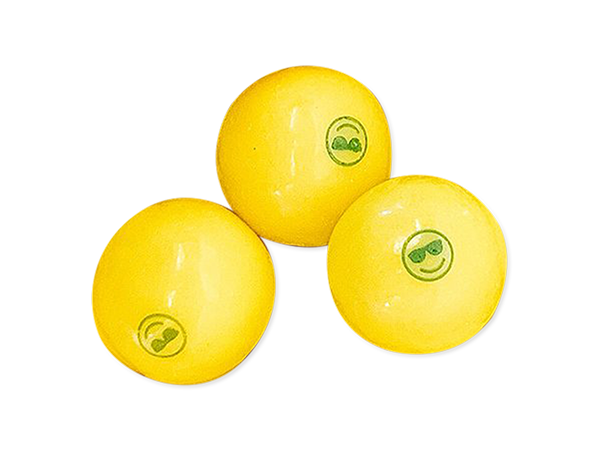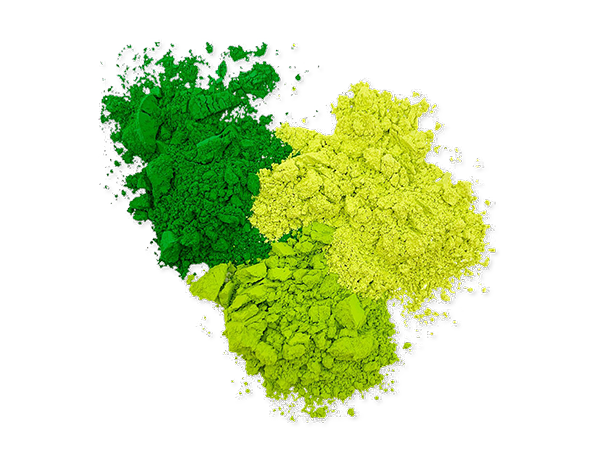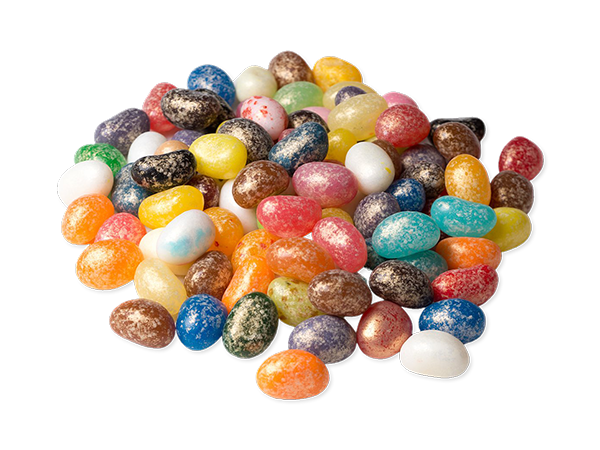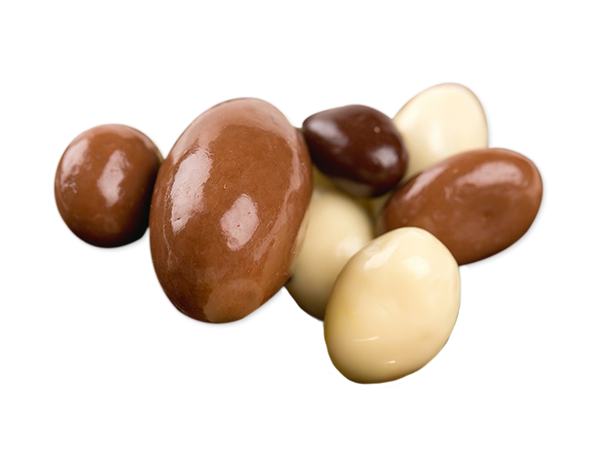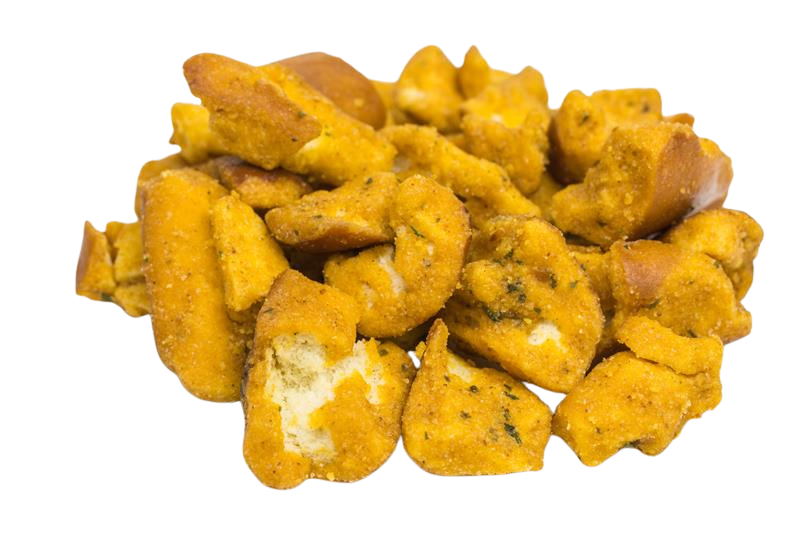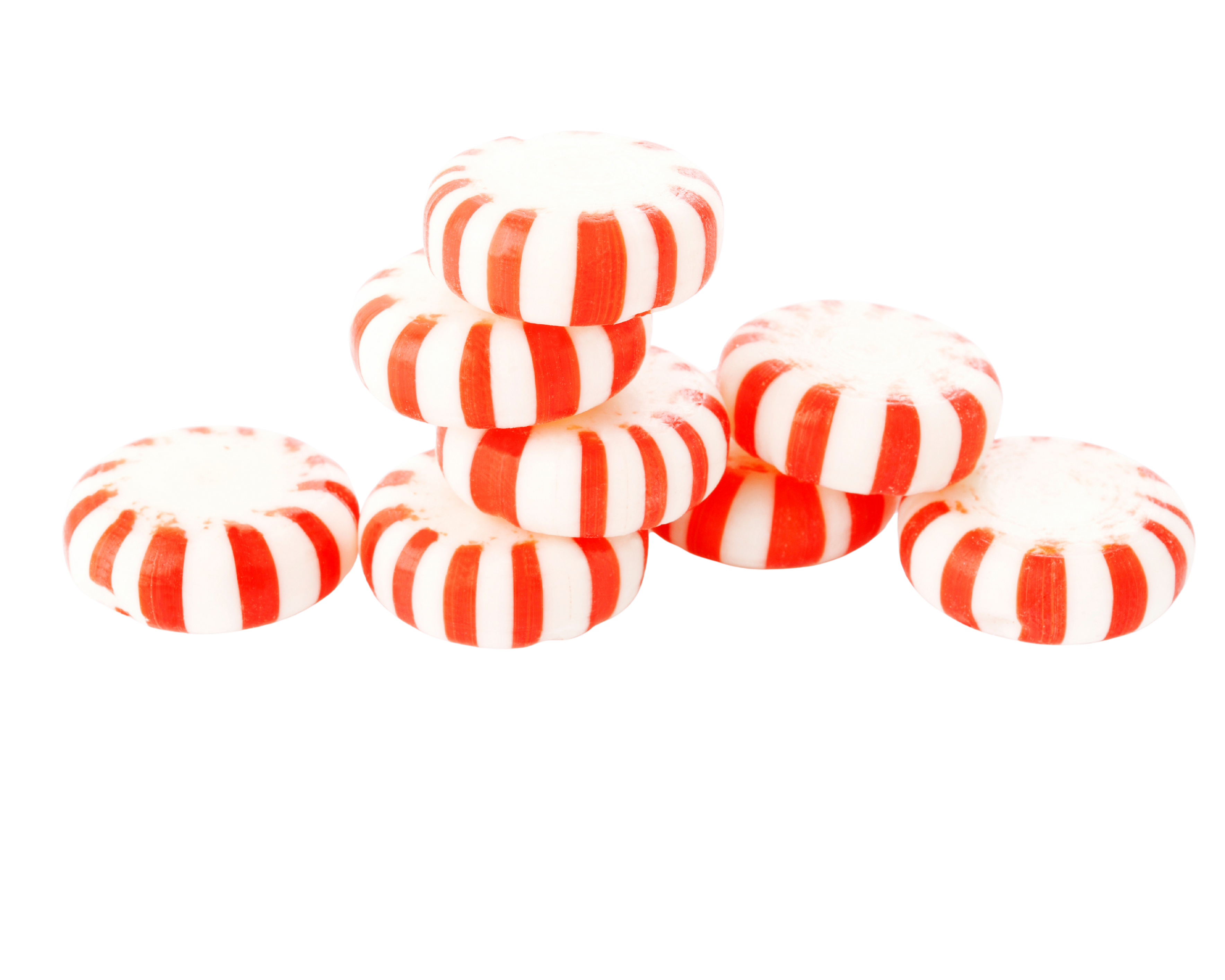Attractive, consistent, high-quality color is integral to food’s allure — and it’s our specialty as a food color manufacturer. A world leader in food coloring systems since 1961, our team formulates and produces some of the most enduring and recognized food and confectionery hues, glazes, polishes and coats. Whether your food product is in R&D, trials or ready for commercial orders, connect with target consumers by making it a feast for the eyes.
- Home
- Industries
- Nutraceuticals & Dietary Supplements
- Food & Confectionery
Leader in the Food Coloring Industry
Add aesthetic appeal and stability to snacks and sweets with our fully formulated coloring systems and lake pigments.

On Our Palette
Let our commercial and technical teams partner with yours to pinpoint the customized formulation poised to enhance your treat’s taste, look and market appeal.
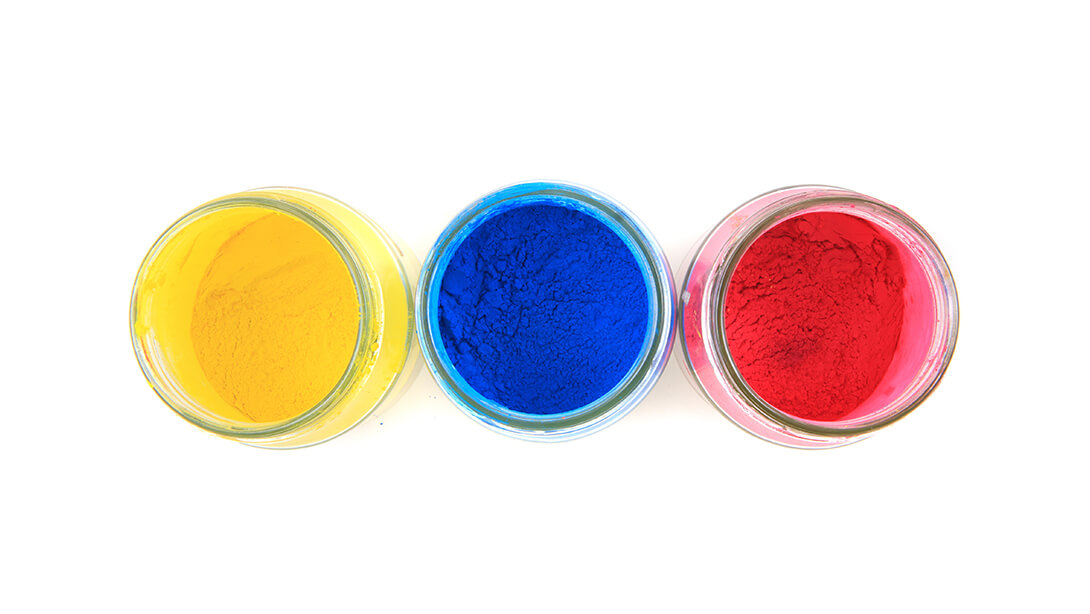
Vibrant Coloring Systems
Snacks need to look as good as they taste! We offer the utmost in customized coloring consultation, raw materials, consistency and quality.
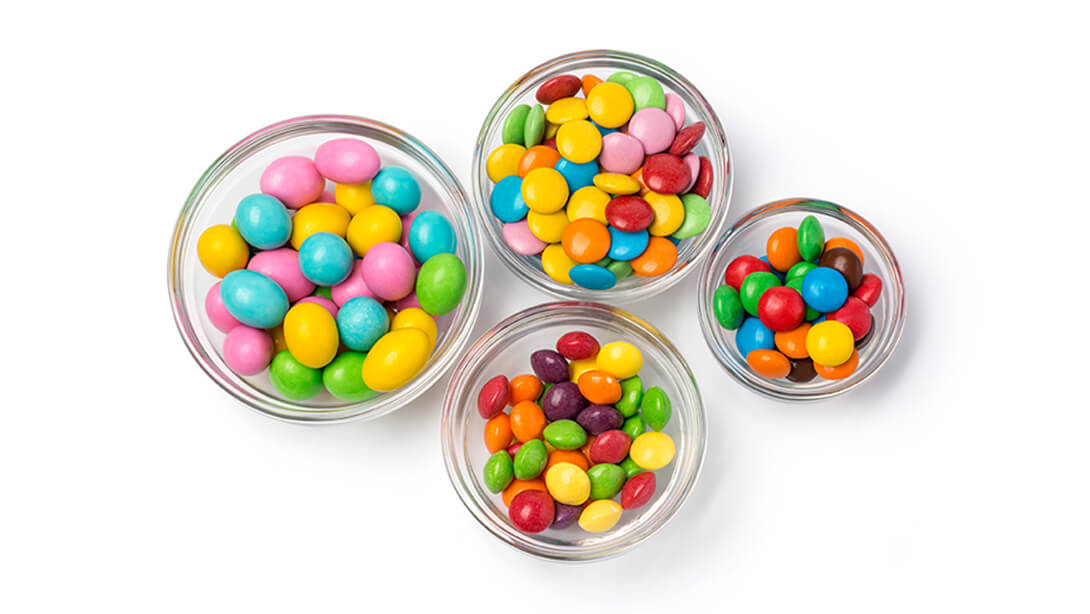
Panning
Hard sugar panning gives confections their distinctive and delicious shell. Additional panning qualities, including moisture sealing, have benefits for both manufacturers and consumers.
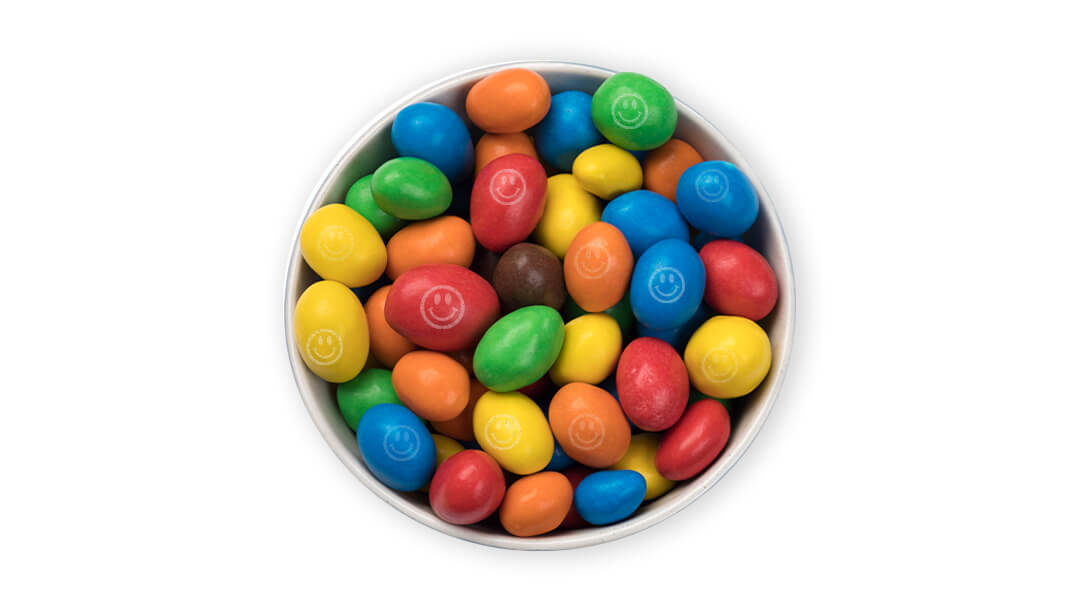
Printing
Direct food printing goes a long way toward personalization and branding. Lean on our team to add your visual of choice to candies, cakes, cookies and eggs without compromising food quality.
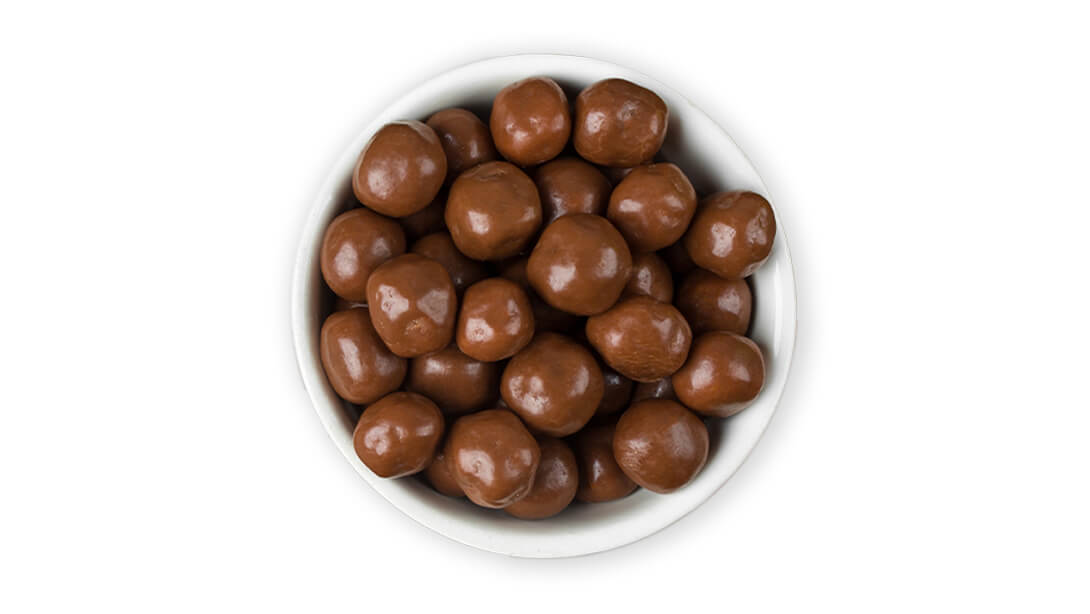
Glazing
Add protection and panache! Glazing extends a confection’s shelf life by protecting against moisture and air while also adding to a treat’s aesthetic appeal.
Product Library
Request a Sample
To request a sample or for regulatory information, please visit My Colorcon.
Education & Insights
As industry leaders for more than 60 years, we're committed to continuous innovation and to providing customers like you with the knowledge, education and resources needed to succeed.
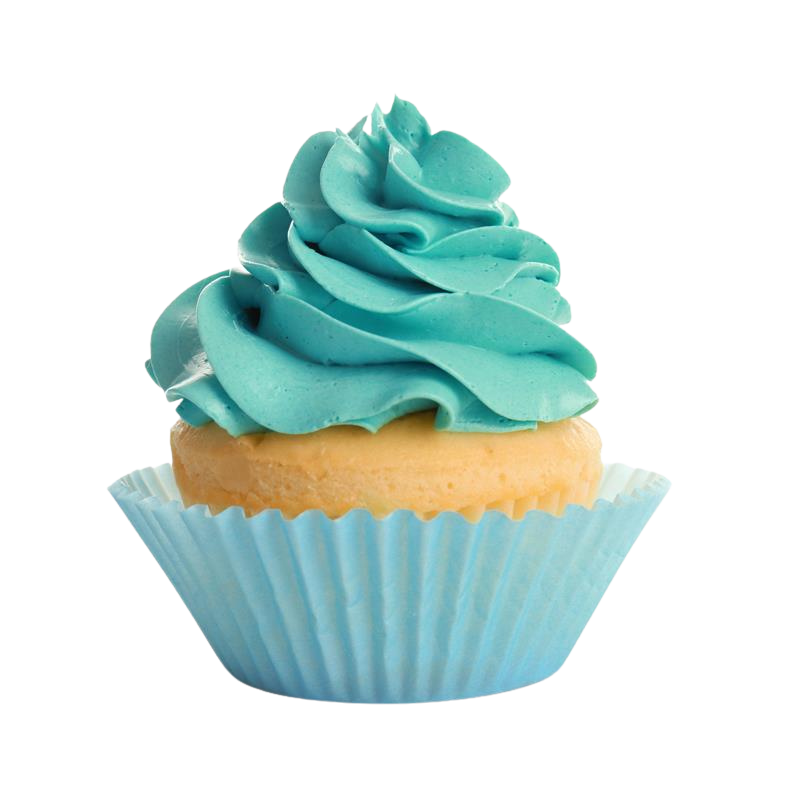
.png)
